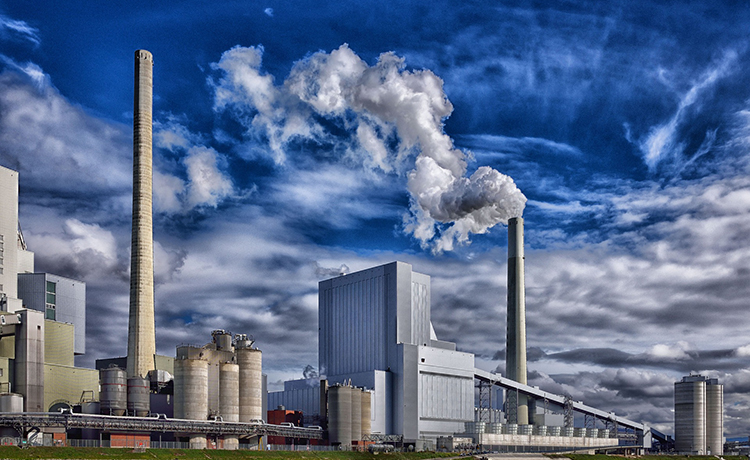Directional boring is a great and cost-effective way to install underground utilities without having to clear land, dig trenches and upset workflows. The environmental advantages of the service are far reaching. The process begins on the surface, bores underground using special equipment and can maneuver in almost any direction laying cables, pipe or conduit as needed. The method often offers deeper and longer solutions to traditional trenching and can be used in sensitive environments.
How Far Can Directional Boring Go?
The tunnels and conduits created during directional boring can span hundreds of feet and cross many obstacles. The process can often be done with minimal or no impact to the land above. For instance spanning a roadway, or under a construction site without disruption to the surface and without interruption to traffic or worksites.
What Types of Topography can Directional Boring Run Through?
Spanning across roadways, under railroad tracks, carefully through wetlands, and even under/across water bodies are great uses of directional boring. The process drills through clay soils, silt conditions, sandy environments and even rock, although not all rock and gravel environments are suitable.
What is Directional Boring Used for?
The uses for directional boring are nearly limitless. Many customers use the process to install infrastructure during or after construction. Cabling, such as telecom and power conduits are often buried using this method. Water, sewer and gas lines are also popular uses of directional boring.
Can I Get an Estimate?
Request a consultation to find out if your project could benefit from directional boring services. Before beginning, the operator must have a complete understanding of any other utilities or obstacles that may already be buried on the site. An understanding of the soil conditions and environmental concerns are also important. WCI, Directional Boring Division is here to answer these and other important questions, and to provide solutions for all of your construction and infrastructure needs.




